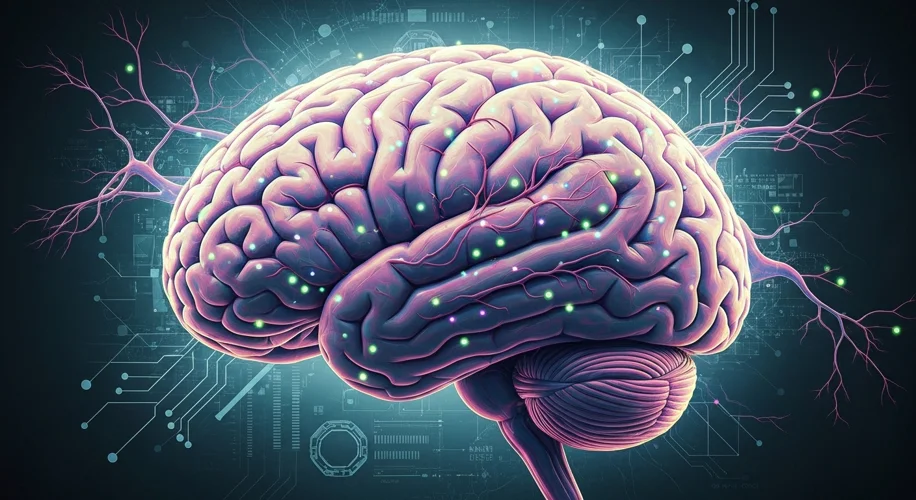Did you know that tiny plastic particles, invisible to the naked eye, are increasingly found in our environment? We’re talking about microplastics – fragments smaller than 5 millimeters that originate from larger plastic items breaking down. My background in atmospheric science has given me a unique perspective on how widespread these particles are, and a recent area of concern is their presence in our brains.
It sounds like something out of science fiction, but research is starting to reveal that microplastics can indeed enter the human body and travel to our brains. How does this happen? One primary pathway is through our diet and the air we breathe. Microplastics have been detected in our food, water, and even the air in our homes and cities. From there, they can potentially cross the blood-brain barrier, a protective layer that usually keeps harmful substances out of our brain.
So, what are the effects of these tiny invaders? This is an area where scientists are still gathering information, and it’s important to note that much of the research is ongoing. However, early studies suggest several potential impacts.
Inflammation and Oxidative Stress: Some research indicates that microplastics can trigger inflammatory responses in the brain. Chronic inflammation is linked to a variety of neurological issues. They might also cause oxidative stress, an imbalance that can damage cells, including brain cells.
Neurological Effects: There’s a growing question about whether microplastics could directly affect brain function. Some preliminary studies in animal models have explored links between microplastic exposure and changes in behavior or cognitive function. While we need more research to understand if these findings translate to humans, it’s a serious area of investigation.
Disruption of the Blood-Brain Barrier: If microplastics can compromise the integrity of the blood-brain barrier, it could open the door for other harmful substances to enter the brain, potentially exacerbating issues.
It’s natural to feel concerned when we learn about these new environmental challenges. As someone who has studied climate and environmental impacts for years, I’ve seen how interconnected everything is. The plastics we use every day, and which often end up in our environment, are now showing up in places we never imagined.
What does this mean for us? It means we need more research to fully understand the risks. It also highlights the importance of reducing our reliance on single-use plastics and supporting initiatives that aim to clean up our environment. Every step we take to reduce plastic pollution is a step towards protecting our planet and, potentially, our own health.
I’m learning alongside you on this journey, and I’ll continue to share what the science reveals about these complex issues.

